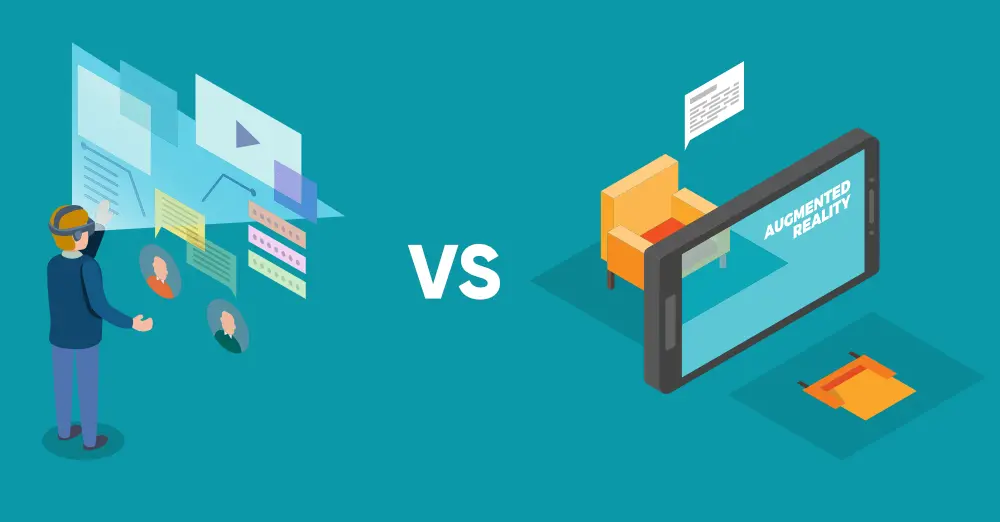
What Are Virtual Reality and Augmented Reality?
The Key Differences Between Virtual Reality (VR) and Augmented Reality (AR)
How Virtual Reality and Augmented Reality Are Transforming Software Development
The Role of Vivionify in Building VR and AR Experiences
Top Industries Benefiting from Our Virtual Reality and Augmented Reality Solutions
Measuring the ROI on Your VR/AR Investment
How Vivionify Helps Integrate VR and AR Into Your Software Projects
Navigating the Challenges of VR/AR Adoption with Vivionify
The Future of Virtual and Augmented Reality: The Vivionify Vision
Begin Your Immersive Journey with Vivionify
The era of spatial computing is dawning, and Virtual Reality and Augmented Reality are the foundational technologies leading the charge. Integrating these immersive experiences into your business is no longer a question of "if," but "when." The opportunities to enhance training, streamline operations, and create unforgettable customer engagements are too significant to ignore.
Don't let the technical complexities hold you back from innovating. The expert developers and strategists at Vivionify specialize in creating custom VR and AR solutions that solve real-world problems and deliver measurable results. We are ready to guide you through your journey from initial concept to a fully deployed immersive application.
Contact Vivionify today for a consultation and let's start building the future of your business, together.
contact us
- +2011 45553287
Alexandria, Egypt
- contact@vivionify.com
Privacy PolicyFAQTerms & Conditions